Description
George Frederick Francisco Sargent (1837–99), usually called ‘Frederick Sargent’, was a portraitist and figure-group painter, and pioneer of what would become known as the St Ives school of painting. Ferderick was the only child of George Frederick Sargent, an artist and engraver, and his Spanish wife Rosa. He was born in Islington on 10 May 1837, and for twenty years from 1854 – as Frederick Sargent – exhibited small watercolour portraits and miniatures at the Royal Academy in London. It appears that he originally worked with his father, since his Royal Academy exhibits of 1854–56 were submitted from Beaufort Buildings in the Strand and an advertisement in ‘The Publishers Circular’ for 15 April 1857 reads: ‘G.F. SARGENT [the father], Designer and Draughtsman on Wood, begs to inform his Patrons and Publishers that he has REMOVED his STUDIO from 14, Beaufort Buildings, Strand, to 4, Brydges Street, Covent Garden, where he will be happy to receive orders for all kinds of Book or Periodical Illustrations. Portraits taken and drawn on the wood by Francisco Sargent [the son].’ His father’s wood engravings were widely published in magazines and periodicals of the time, and notably Margate Pier published in ‘Leisure Hour’ on the 29th July 1852 was copied in oils by Walter Sickert – now in the collection of Kirklees Museums and Galleries.
After his parents’ separation, probably shortly afterwards, he lived with his mother in Clapham and in the 1861 census is listed there as an ‘artist in oils’. Later he took to painting large portrait-group oils, together with single celebrity portraits including Prime Minister’s Benjamin Disraeli and William Ewart Gladstone, as wello as author Charles Dickens. He also sought permission to paint royal events but Queen Victoria, who briefly sat to him in 1884, possibly for a miniature, wrote of his larger work that she did not wish ‘to encourage the multiplication of his daubs’, possibly after seeing ‘The Court of Queen Victoria’ (1885) which she declined to purchase, though it is now in the Royal Collection. That Collection also bought his ‘The Garden Party at Buckingham Palace, 20 June 1887’ in 1994, and other similar large compositions are in Manchester and the Hampshire County Council collection. In 1870-71, as Francisco Sargent, he also worked as a photographer based at 97 New Bond Street and later was one of the early artists to live and work at St Ives where he first stayed with his niece and pupil, Agnes Richardson, in 1893 and made subsequent visits, his address at death being given as 115 Ebury Street, London, and the ‘Blue Boar’ studio, St Ives. Sargent’s painting ‘A Catch of Pilchard’s off St Ives’ in the collection of St Ives Town Council is illustrated in David Tovey’s book Pioneers of St Ives Art at Home and Abroad (1889-1914).
Like his father he also had financial problems, going bankrupt in 1891 but recovering sufficiently to leave an estate of £686 when he died on 13 April 1899 at 36 Whittingstall Road, Fulham, possibly the address of one of his elder sons and executor (Enrique Percy Sargent). In September 1858 he had married Maria Mary Spencer by licence (dated the 6th) at Chelsea and they appear to have had at least five sons and three daughters, the youngest born in 1876/7. However, census evidence (1871–91) hints that he may latterly have lived and worked apart from them. His birth registry probably wrongly spells his third name ‘Francesco’ and he and his father have often been confused, with it wrongly applied to the former. While the 1857 advertisement suggests he may have drawn early portraits for wood engraving, topographical wood-cuts with the Sargent name on them are after George senior.
The National Portrait Gallery has a collection of Frederick’s drawings of Members of Parliament and peers – studies for two large group oils he did of both houses of Parliament. That of the House of Lords (1880) is in the Parliamentary Art Collection and a copy of the lithograph of that of the House of Commons is in the Government Art Collection.

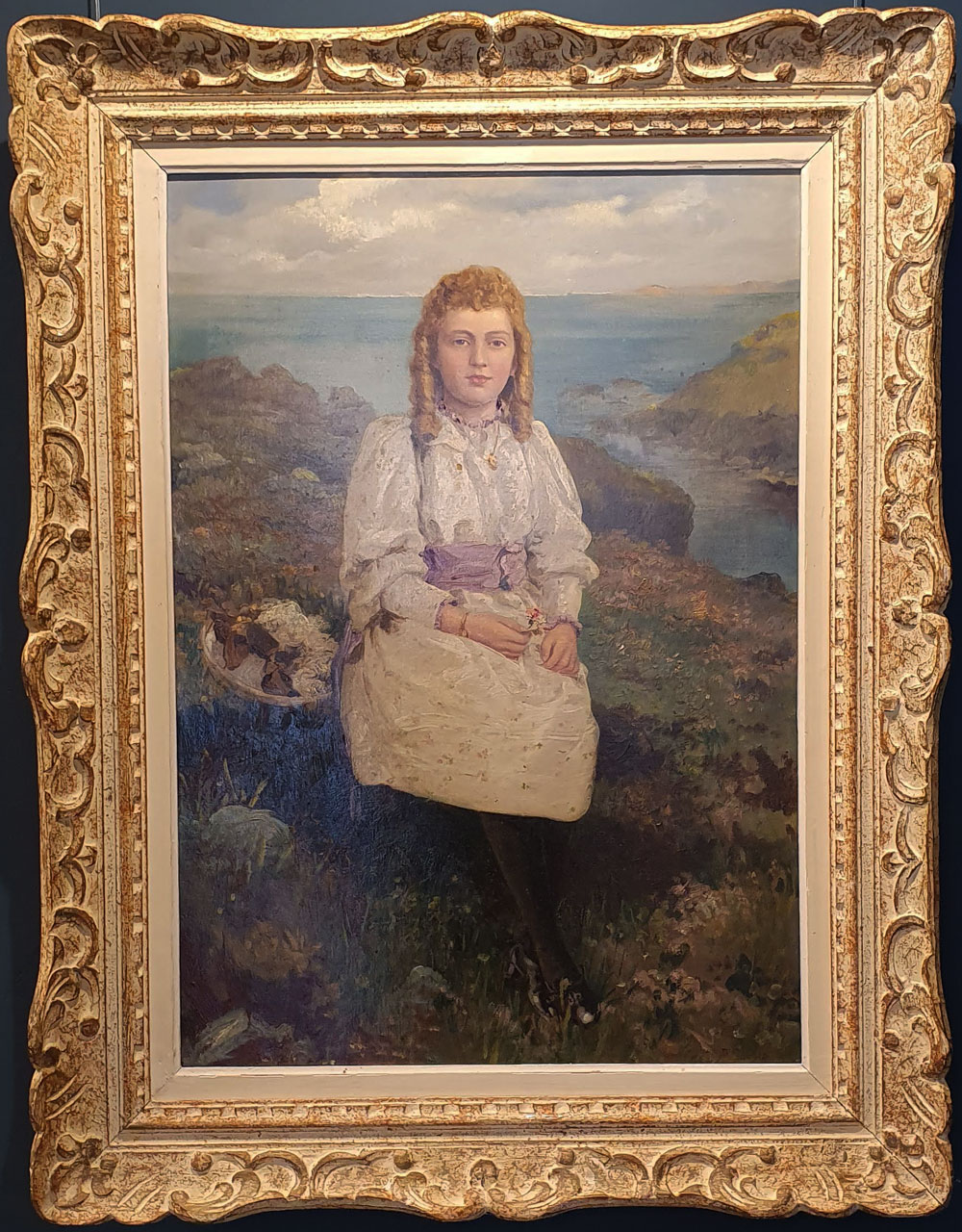
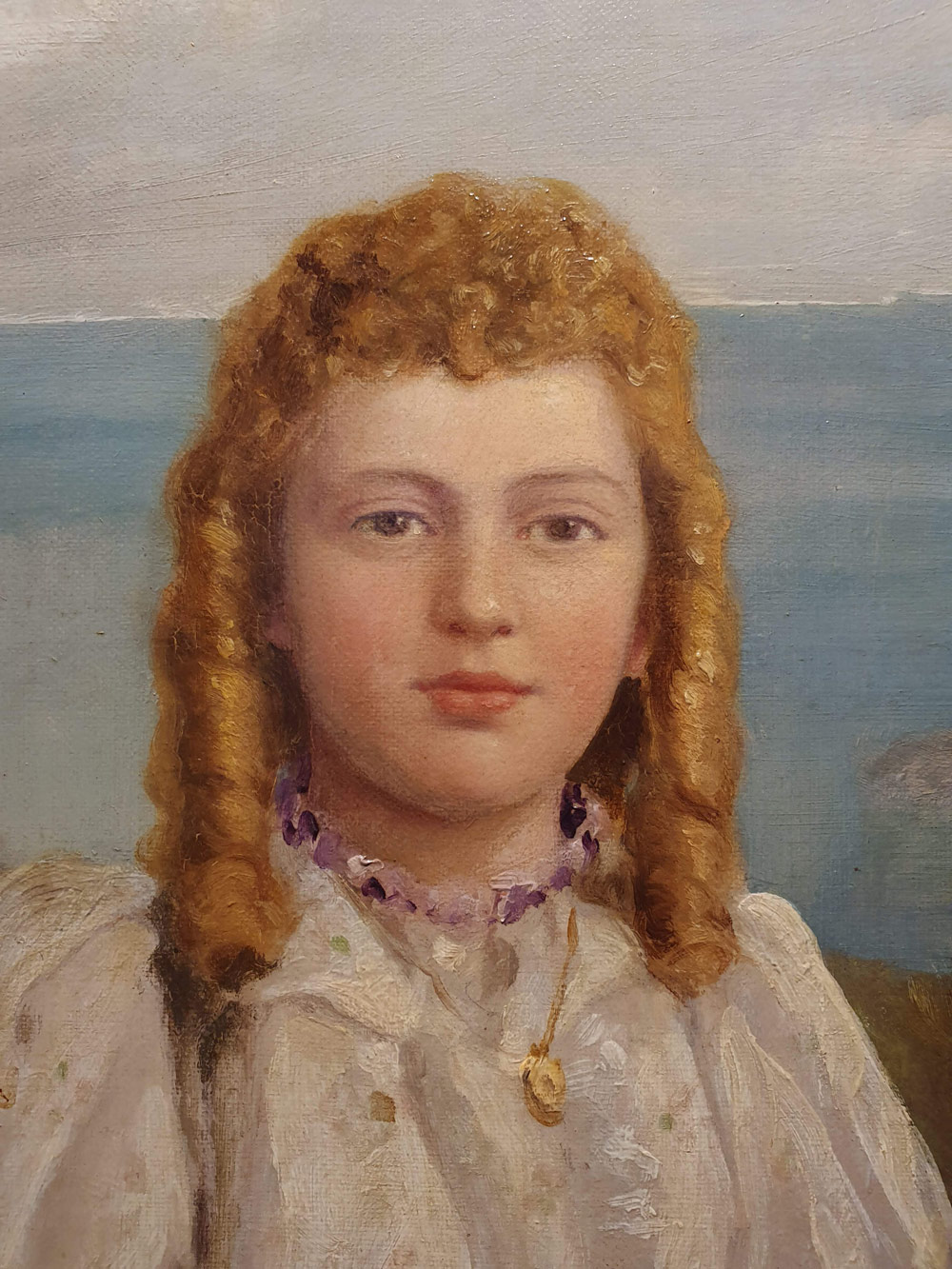
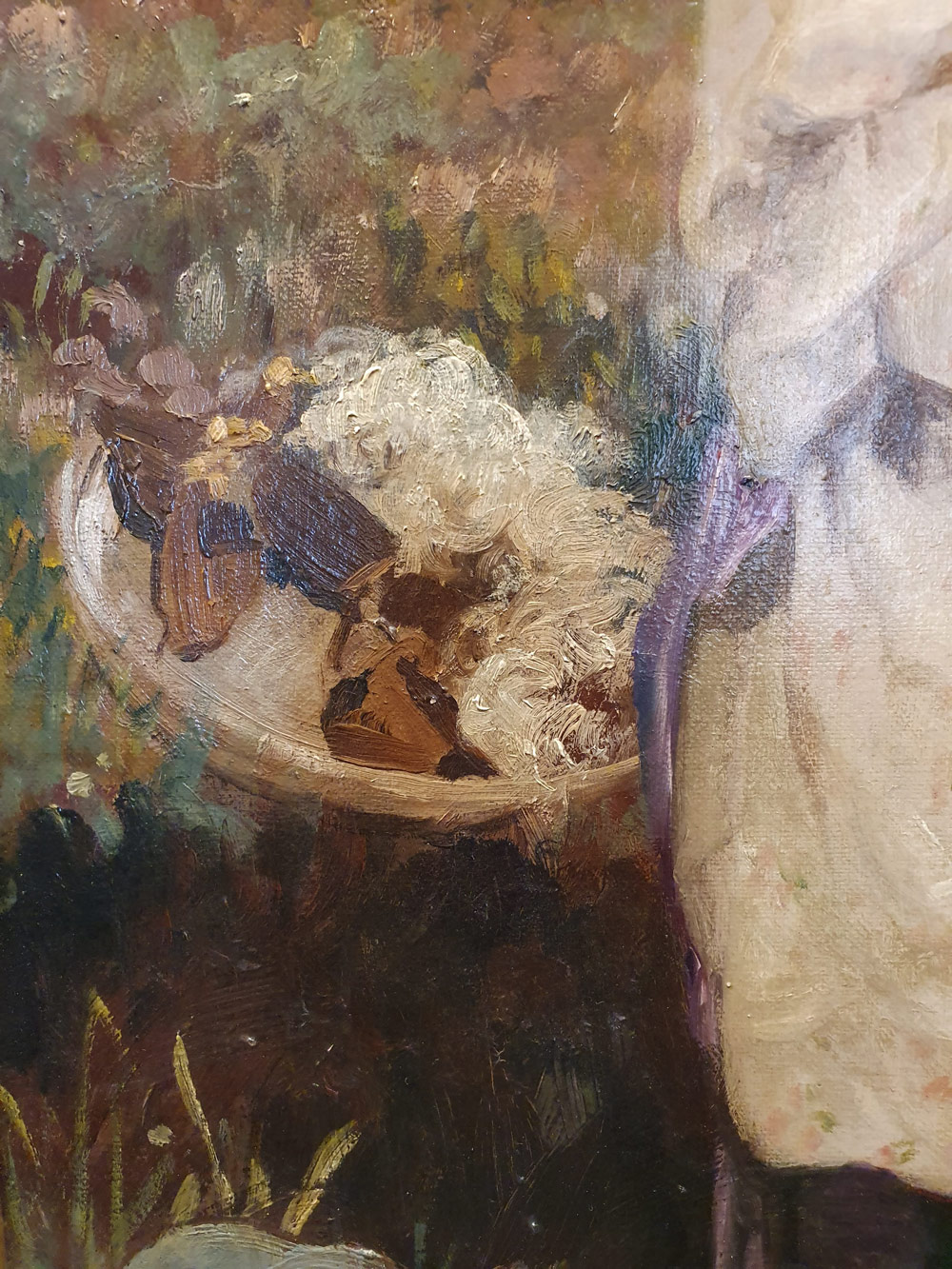
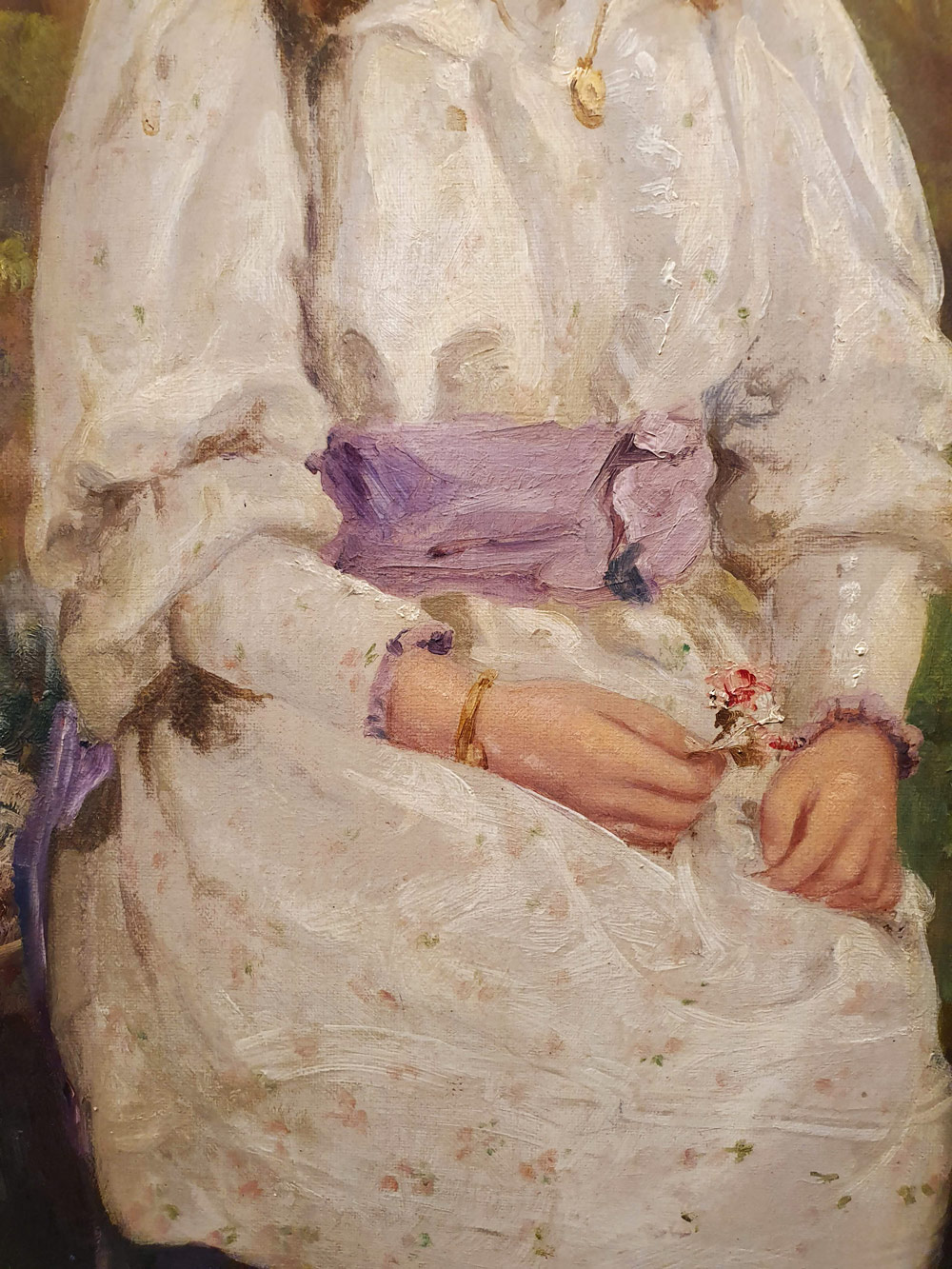
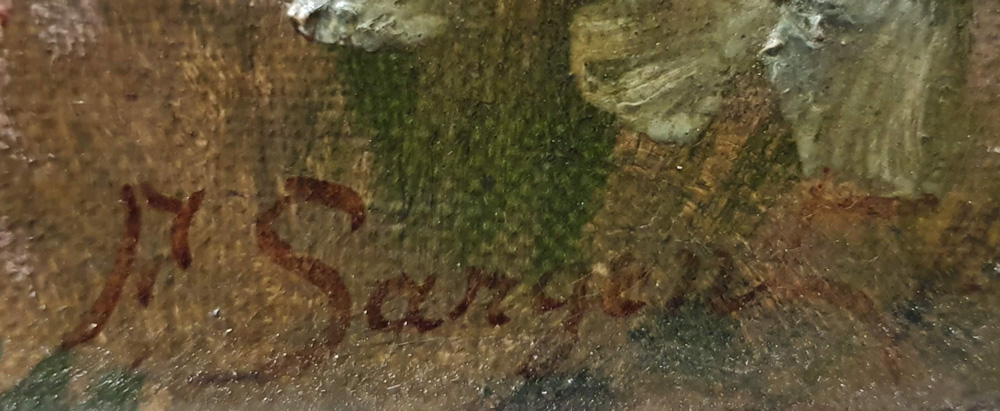
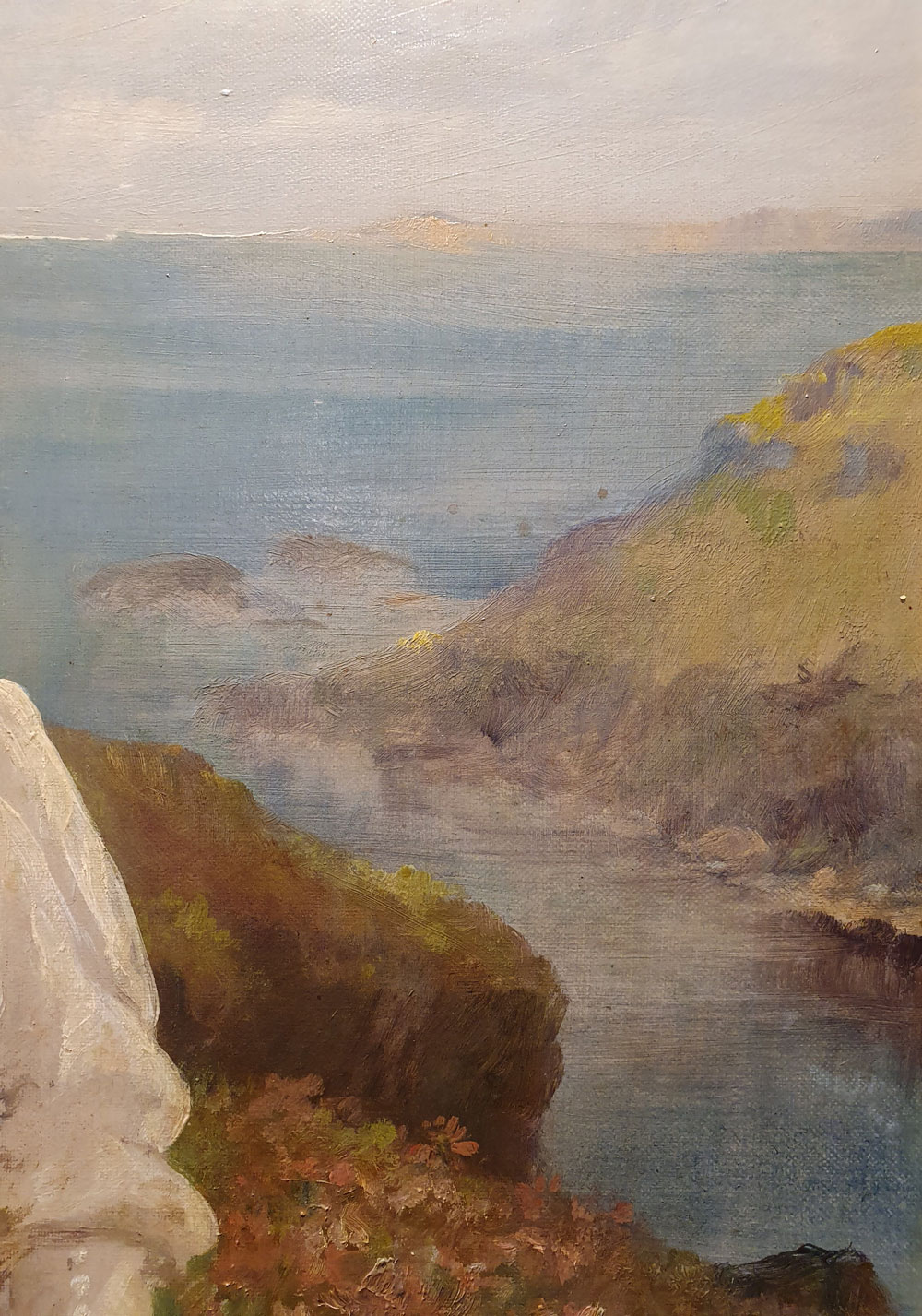
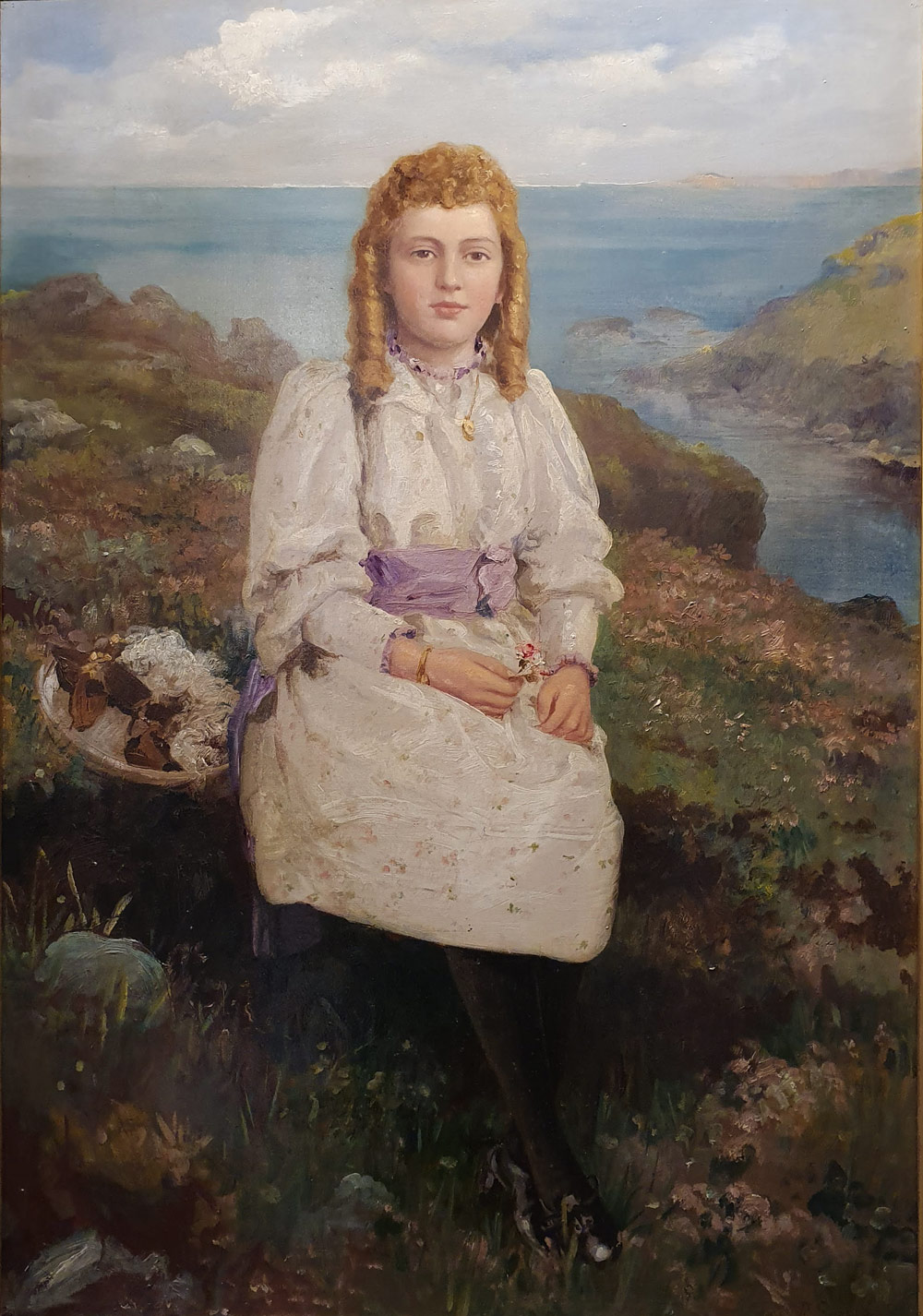
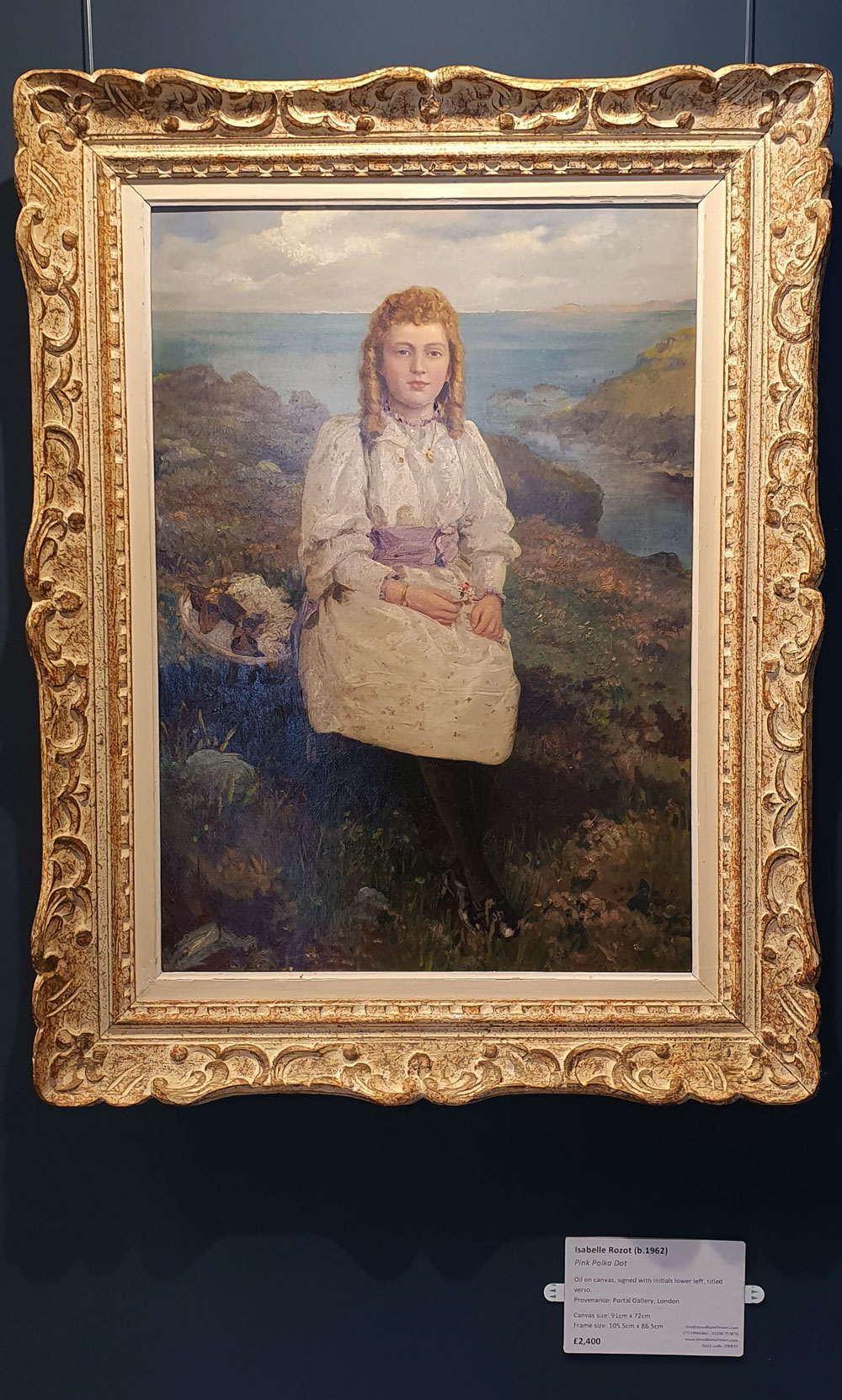

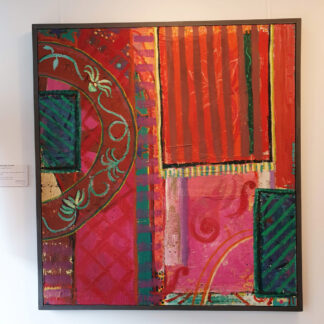
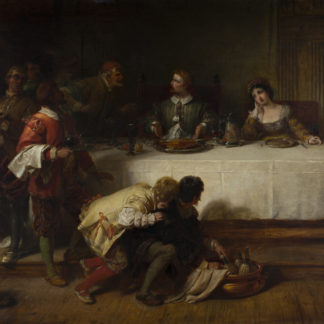
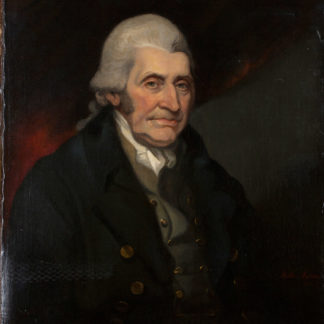
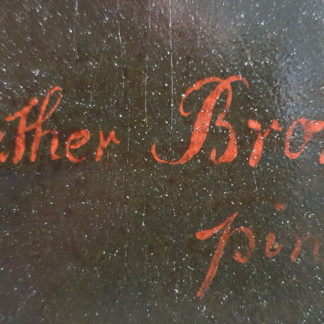

Reviews
There are no reviews yet.